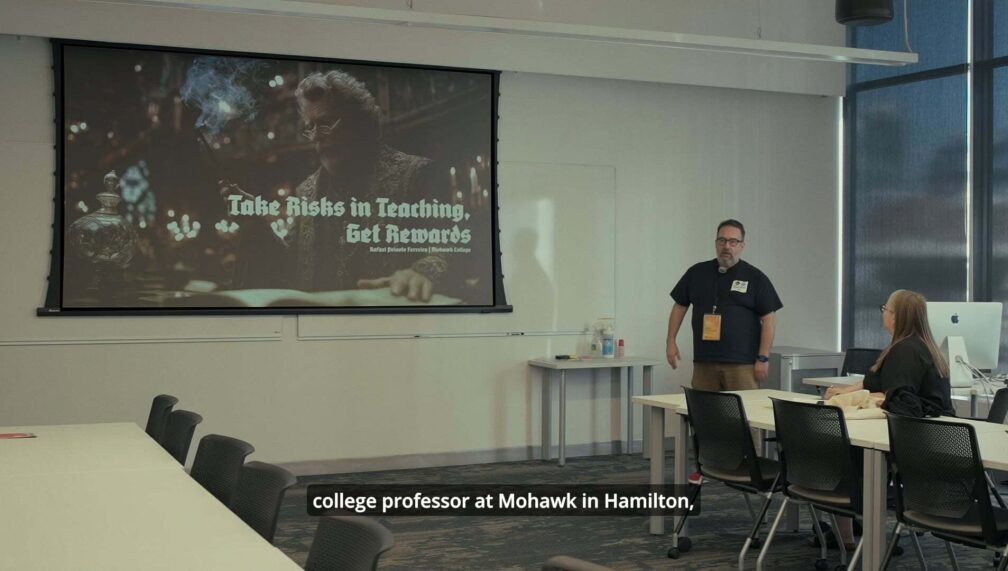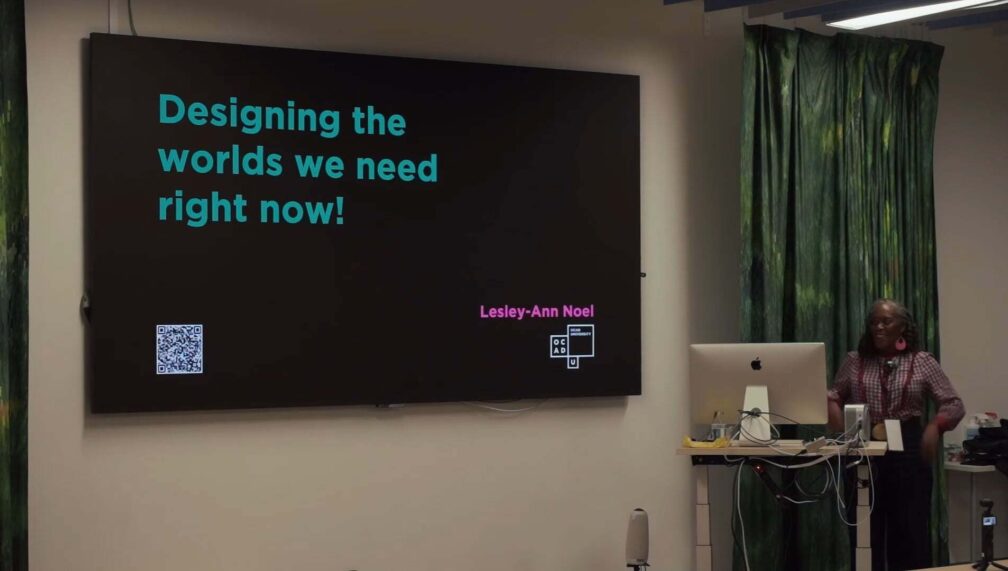Design Education in a “Teacherless” Society & Embracing Equitable Remote Learning by Andrew Hladkyj, Saskia van Kampen & Ellen Christensen

About this video
Description
Through a human-centred examination of today’s educational environment, this project derives 20 aspirational motivations at the heart of an independent learning model. It reframes the disconnect between design academia and industry using an ’80s computer game and a Greek myth as fresh paradigms to uncover the value of strategic partnership, addictive learning and platform-agnostic foundational training in preparing post-secondary design education for the future. Andrew offers 4 alternative worlds built around distinct sets of motivations and presents one in detail to illustrate a higher-value ecosystem of flexible locations, virtual spaces and re-defined roles to empower tomorrow’s independent learner. A high-level road map outlines a stakeholder consultation and implementation plan to make this re-imagined world a reality. With the ever-growing disruption of education by technology and the trend toward self-directed and autonomous learning, how might we re-imagine legacy post-secondary design education in a “teacherless” society?
Embracing Equitable Remote Learning, presented by Saskia van Kampen RGD & Ellen Christensen, Design Practitioners & Assistant Professors within the Visual Communication Design program at San Francisco State University
Due to the shift from physical space to virtual space, the remote classroom, in some ways, allows for interesting new pedagogical approaches for creating a more equitable classroom. With new methods for teaching, new methods for social presence and community and new ways of creating equity and accessibility, we have the opportunity to decolonize and open up learning in new and, as yet, unknown ways. Saskia and Ellen reveal techniques that can be borrowed from the virtual classroom to improve the in-person classroom, and vice versa. Fundamentally Saskia and Ellen plan to show how the design studio classroom can be redefined in this unique cultural moment, looking toward potential needs of the future.









